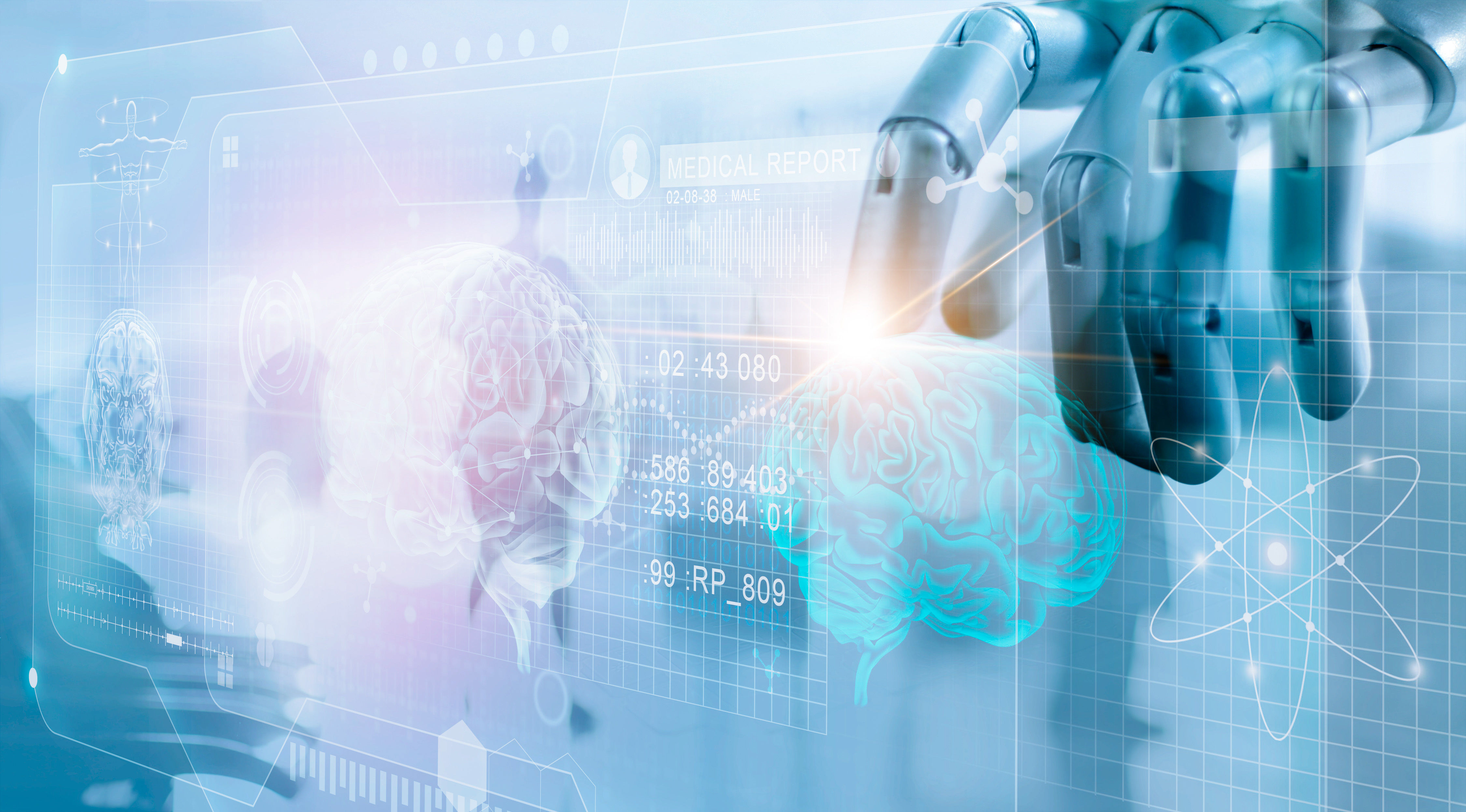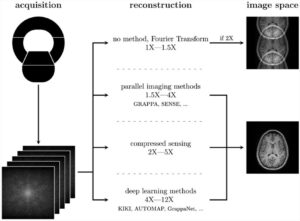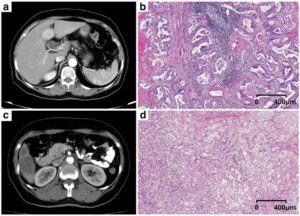With the advent of Artificial Intelligence, new opportunities will arise for radiologists if they remain focused and critical, ‘rock star of the digital revolution’ Toby Walsh told delegates at the ESR AI Premium event.
A new continent
Artificial intelligence (AI) is going to transform every aspect of human life and could generate 15.7 trillion USD – almost China and India’s GDP put together – by 2030, experts predict. This could have a major impact on the global economy, according to Toby Walsh, a professor of AI at the University of New South Wales. “That’s like discovering a whole new continent. Last time that happened, it had big ramifications for the world’s economy,” he said. Every profession, and especially radiology, will be affected by this change of paradigm, according to Walsh, who has just published a new book on the topic: ‘2062 The World that AI made’. AI will increasingly bring new energy into the workforce by extending the possibilities of humans. However, it may still take a while before it can match human intelligence, Walsh explained.
Machines won’t take over soon
Computing power has increased exponentially over the past 50 years, pushing the development of AI systems that excel at certain tasks, sometimes better than humans. In 1997, Garry Kasparov had already lost a game of chess to Deep Blue. Machines outperformed humans in a Go competition in 2015. And ever since, the media has reported numerous other occasions in which machines have surpassed humans.
With the exception of narrow tasks, computers are far from being able to imitate the human brain and there are many things that machines can’t do as well as humans. “A robot developed at Berkley University takes 25 minutes to fold a towel. Easy things for us are often surprisingly hard for computers. What’s more, we have made almost no progress in artificial general intelligence that matches humans in their full capabilities,” Walsh said. Besides, it takes machines more time to learn compared to humans. Walsh, therefore, estimates it will take “50, 100, or maybe 200 more years before AI can match the human brain, if ever.”
Impact in radiology
AI can do most things a radiologist can do in a moment’s thought, i.e. see an image and recognize it. The computer has been trained to do this, and also to label images, i.e. describe what is happening inside an image. “That works pretty well, so we can also start labelling x-rays now,” he said. In 2017, Stanford researcher Andrew Y. Ng and his team developed an algorithm that could allegedly diagnose pneumonia at a level exceeding practising radiologists. Such claims need to be taken with precaution, as this study and others may show some limitations, Walsh argued. In the study mentioned, researchers trained using 6,351 images and reported results on 420, but they only used frontal images and no patient history. And although the machine was more accurate on average than four human radiologists, one of them had only been working for four years – that brought down the human performance. “One experienced radiologist actually did better than the machine,” he said.
The right attitude
People should carefully read through studies, especially those with provocative headlines, and remember that their authors might be looking for attention and funding. When they hear Geoffrey Hinton say that radiology training should be stopped, radiologists should remember that he also said you couldn’t make predictions more than five years out. “There is still some distance to go before you can get much faith and confidence in equaling humans,” Walsh said.
Radiologists must gain knowledge of AI to build up their confidence and avoid any confusion; for example, between AI and machine learning. There is also a lot more to human intelligence than learning; for example, perception, speech and speech recognition, NLP, vision, and reasoning. “A lot of AI research focuses on machine learning, but much more could be done in workflow, image optimization, etc. All these fields are interesting to explore for medical imaging,” he concluded.
 Toby Walsh is a world-renowned professor on Artificial Intelligence at the University of South Wales and Data61. He was named by the media as a “rock star” of the digital revolution and included on the list of the 100 most important digital innovators in Australia. He is the author of the books ‘IT’S ALIVE’, ‘Android Dreams’ and the soon to be published release ‘Machines That Think’ and ‘2062: The World that AI Made’.
Toby Walsh is a world-renowned professor on Artificial Intelligence at the University of South Wales and Data61. He was named by the media as a “rock star” of the digital revolution and included on the list of the 100 most important digital innovators in Australia. He is the author of the books ‘IT’S ALIVE’, ‘Android Dreams’ and the soon to be published release ‘Machines That Think’ and ‘2062: The World that AI Made’.
Toby Walsh is a sought-after keynote speaker on how Artificial Intelligence influences business, education, warfare, personal development, and finance, among others. Together with Pope Francis, he was voted runner up in the Person of the Year Award by the Arm Control Association, recognizing his work in ensuring the safe use of AI in warfare.













